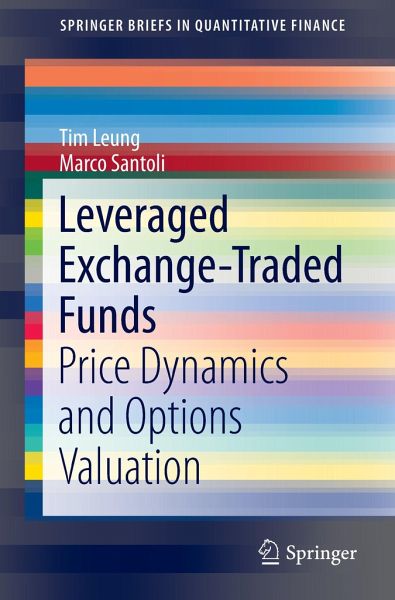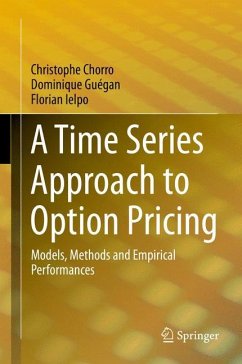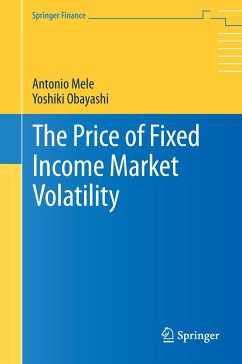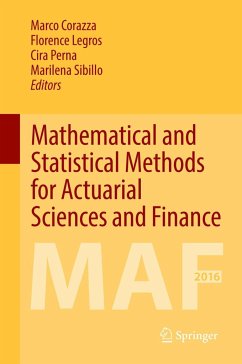
Leveraged Exchange-Traded Funds
Price Dynamics and Options Valuation

PAYBACK Punkte
29 °P sammeln!
This book provides an analysis, under both discrete-time and continuous-time frameworks, on the price dynamics of leveraged exchange-traded funds (LETFs), with emphasis on the roles of leverage ratio, realized volatility, investment horizon, and tracking errors. This study provides new insights on the risks associated with LETFs. It also leads to the discussion of new risk management concepts, such as admissible leverage ratios and admissible risk horizon, as well as the mathematical and empirical analyses of several trading strategies, including static portfolios, pairs trading, and stop-loss...
This book provides an analysis, under both discrete-time and continuous-time frameworks, on the price dynamics of leveraged exchange-traded funds (LETFs), with emphasis on the roles of leverage ratio, realized volatility, investment horizon, and tracking errors. This study provides new insights on the risks associated with LETFs. It also leads to the discussion of new risk management concepts, such as admissible leverage ratios and admissible risk horizon, as well as the mathematical and empirical analyses of several trading strategies, including static portfolios, pairs trading, and stop-loss strategies involving ETFs and LETFs. The final part of the book addresses the pricing of options written on LETFs. Since different LETFs are designed to track the same reference index, these funds and their associated options share very similar sources of randomness. The authors provide a no-arbitrage pricing approach that consistently value options on LETFs with different leverage ratios withstochastic volatility and jumps in the reference index. Their results are useful for market making of these options, and for identifying price discrepancies across the LETF options markets. As the market of leveraged exchange-traded products become a sizeable connected part of the financial market, it is crucial to better understand its feedback effect and broader market impact. This is important not only for individual and institutional investors, but also for regulators.














